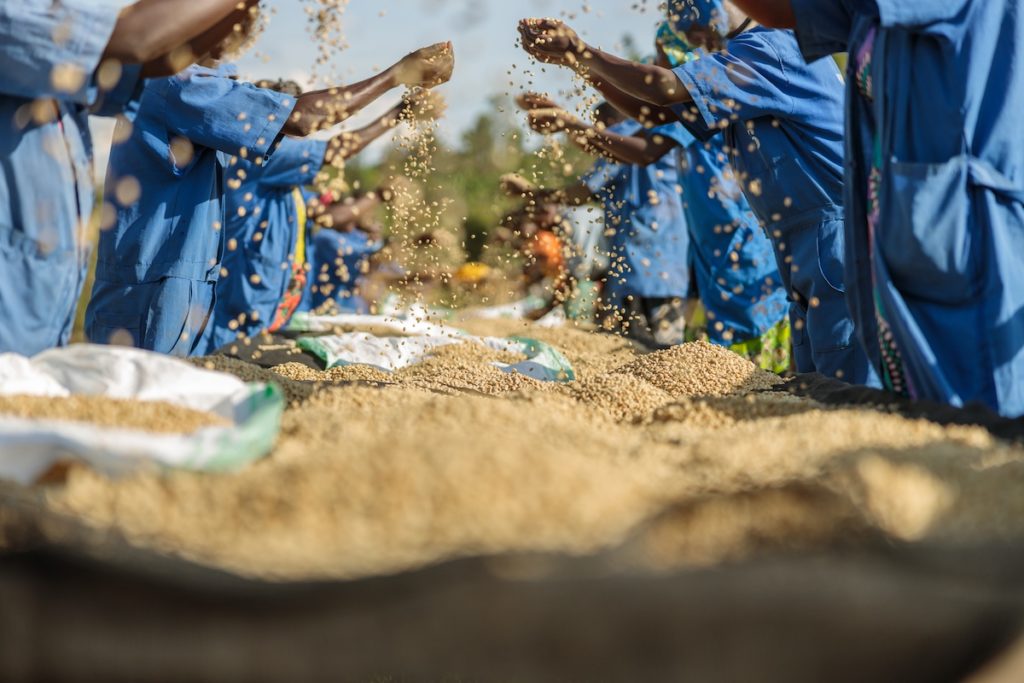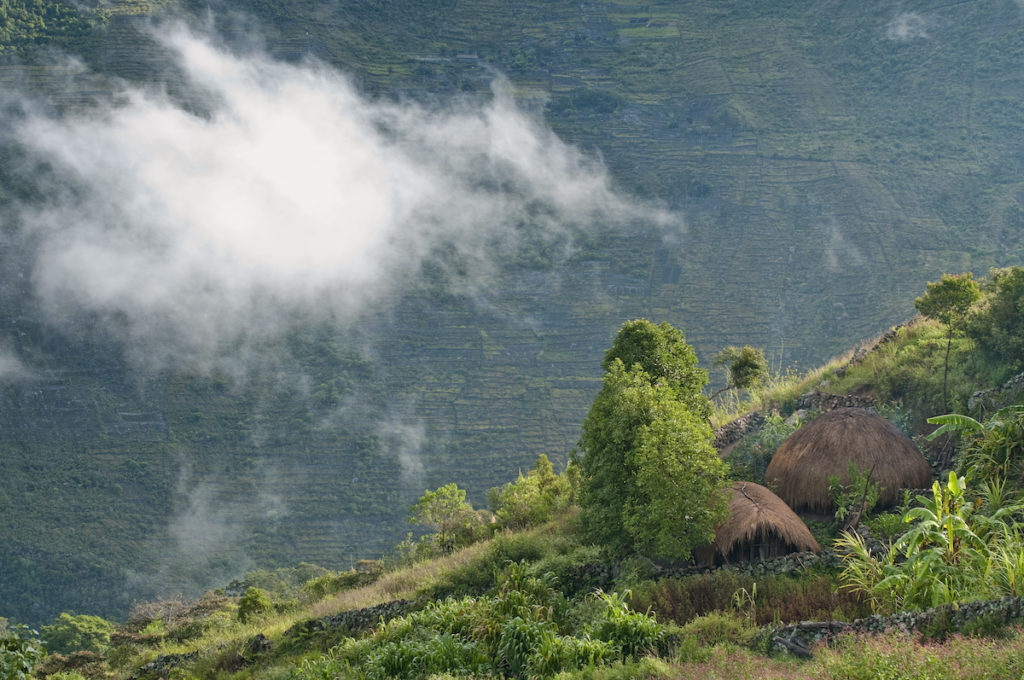We have carried Sigri coffee before; many years ago and through big channel distributors. The coffee always had a cool story but was not the best on the block nor a direct relationship. We started communicating with them a couple years ago and the youngest member of the family came out to Wisconsin to visit. We were astonished at how far they have come and the operation they were running.
Boy have things changed for Sigri since the last time we saw their beans (6-7 years ago). Now a direct relationship and some beautiful fantastic offerings are already coming through.
The highlands of PNG are where all the good beans come from – Sigri is on a bit of the easterly edge of the highlands and maintains a true estate. This A/X is not from their estate but I think has the coolest story behind it. The highlands besides a couple estates are still filled with indigenous coffee growers – wild strains, small villages, the wild side of PNG. The problem is they have no processing equipment and the beans took days if not weeks to get to a processing plant for even the 1st step (normally done within hours of picking). This delay in processing was causing bad beans, no matter how cool the plants and how well they picked them, they had no choice but to produce some of the lower quality PNG beans with the lack of infrastructure. So if good beans were being produced, it was because a 3rd party was stepping in and buying the cherry for well under market value and transporting it quickly to private processing plants – no good for the small scale farmer.
Sigri had a great idea, they ran around to these remote areas and dropped off nice pulping machine, the big trick to producing quality beans it to quickly pulp it after picking. Now the beans could safely without sacrificing too much quality take the transit time to get to the awesome Sigri wetmill. Sigri then takes it from there and gives the beans the same attention to quality as there own estate coffee. Giving it the Sigri name also really help these farmers market and sell their top notch beans to foreign markets which brings in a huge premium to the below market prices they were getting before.
Tasting Notes:
A very surprisingly nice cup that is pretty different from the Estate coffees, one can see the wilder plants and strains really shine. A little lighter bodied than most PNGs it has some fantastic floral/caramel notes and balance. A bit brighter but by no means a high acidity coffee, gives it almost a Central American spin at the lighter roast points. Darker roast points one can see a bit more classic PNG, bakers chocolate and spice will be the darker roast tones with no hint of acidity.
Roasting Notes:
Boy we thought this cup really shined a bit lighter, city plus to full city. A little acidity pokes out but adds a lot of sweetness. The cup holds up nicely darker as well but will burn out the bit of caramel pretty close to 2nd crack.
The quick story of Papua New Guinea Sigri (one can clear up a lot of information when you get on the ground somewhere):
What I and many others thought was Sigri Estate is actually Carpenter Estates – Sigri being only one of the areas of the estate (easily the most famous). The other two are Bunum Wo and Kindbng (sounds like Kin ding). Each of the three produces a different cup quality; PNG being full of microclimates really puts a different spin on each section. Each one is like its own village situated right next to each other, with separate wet mills, drying fields, nurseries, living quarters, and schools for each of the three sections. But they do share a couple facilities (dry mill, bagging, trucking to port) and many staff.
Each of the three sections of Carpenter Estates has separate fields for different strains and top-notch agronomists to grow the best beans. Most of these folks have coffee in their blood. Being a part of the coffee here is a birthright for them (seen as a cradle to the grave philosophy). Great pride all around.



